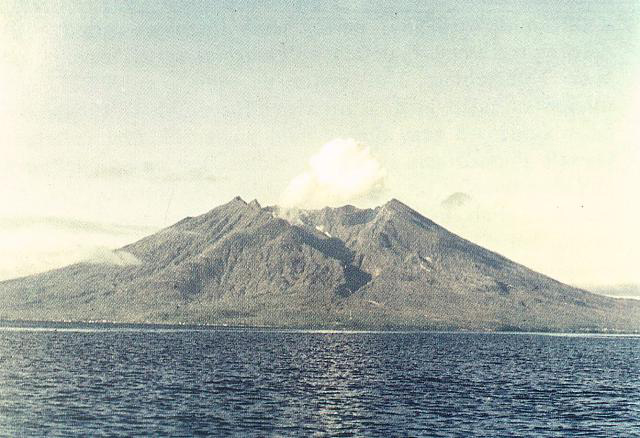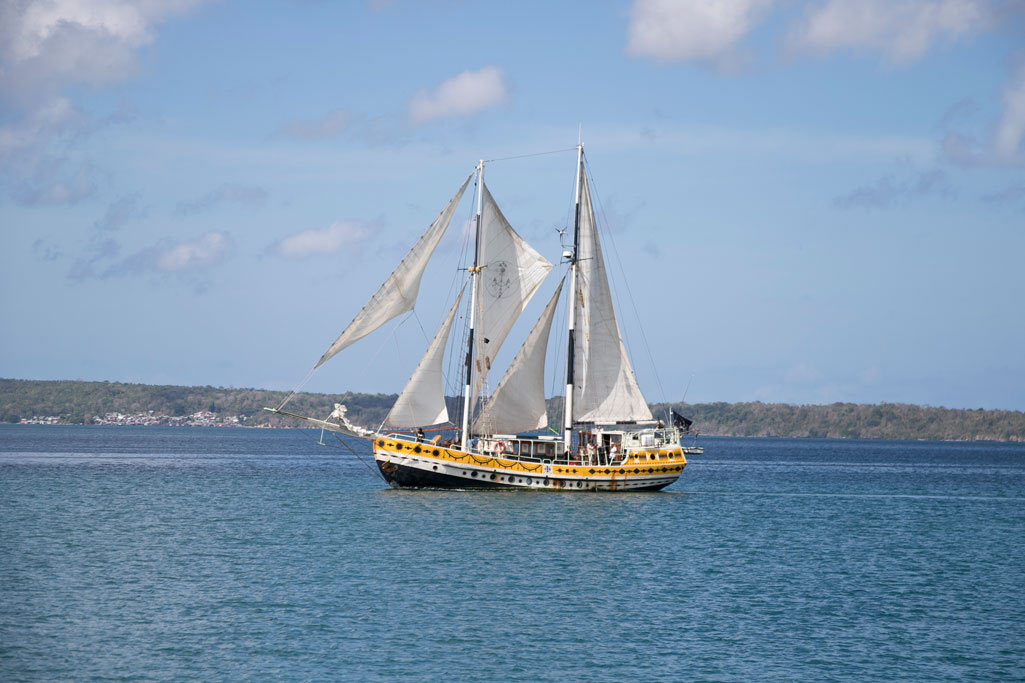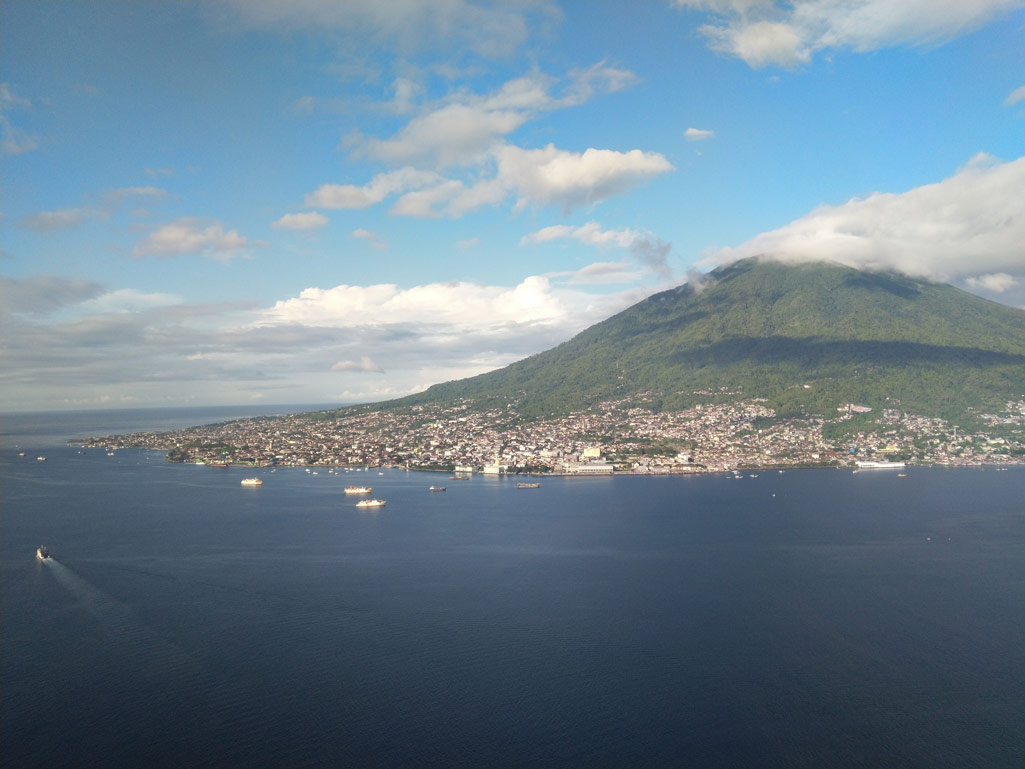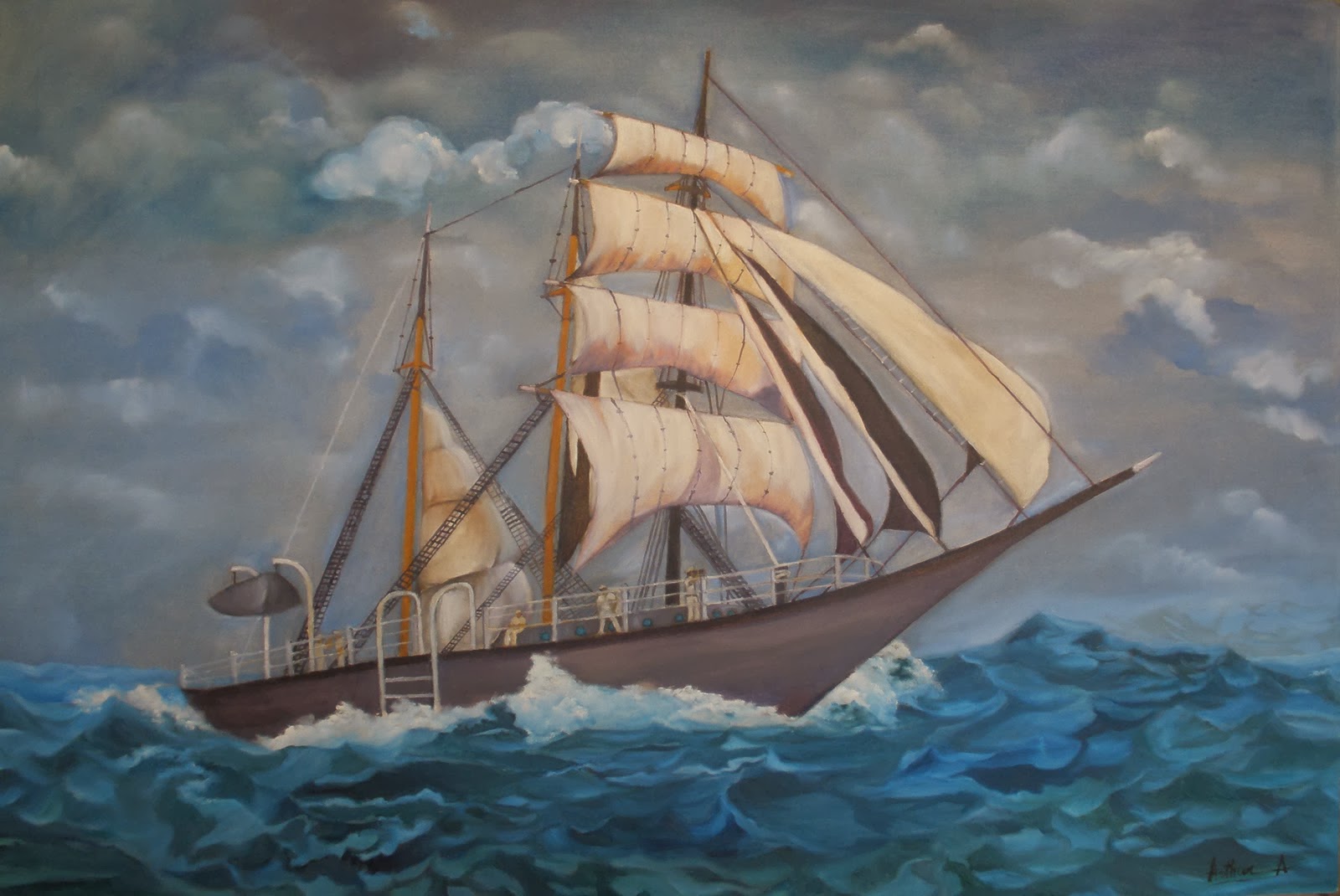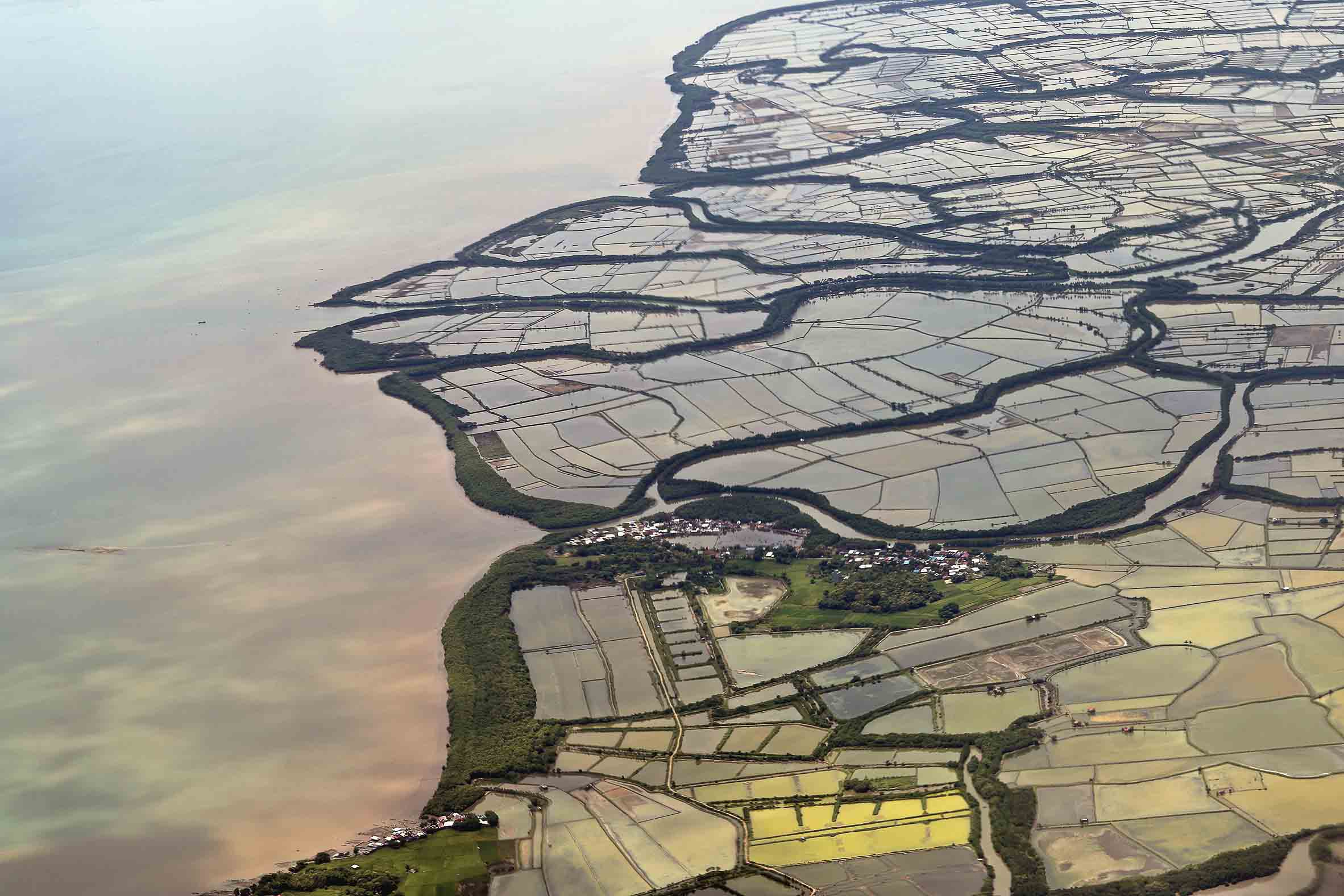
Counting on rice as an essential commodity, Makassar South Sulawesi transformed itself into the biggest dealer in the spice trade of Southeast Asia. The rice was used as the primary medium of exchange to get the spices from the native land.
Other reasons also influenced the role that Makassar played as the biggest spice commodity. Dr. Abd. Hamid M.Si, a lecturer and historical researcher, explained the reasons in his presentation during the Focus Group Discussion (FGD) held in the Department of Culture, Makassar, on Wednesday (7/10). The strategic location of Makassar in Nusantara maritime route; the establishment of a port; the transfer of the people and trades from the neighboring ports to Makassar; and the trade relations between the sailors of Makassar and Java that had bonded for a long time as recorded in Nagarakretagama (1365).
These things happened due to the revival foundation of Makassar South Sulawesi that was started from the shifting of the central government from Tamalate Hill to the place around the estuary of J’neberang River (Somba Opu). The merging of two kingdoms Gowa and Tallo and the domination of the spice routes points, such as Selayar, Buton, Sula Islands, and the rice producer areas, including Bima, Dompu, Sumbawa, and Tambora also became other reasons.
Further, Makassar South Sulawesi also stood as a strategic point that connected two economic poles of Southeast Asia, Maluku as the spice producer and Malacca as the main central trade in the western part of Nusantara. It led Makassar to become a free city port that gained the term international port, for a lot of foreigners built lodges and their trade commodities here. They at least came from Malay, Portugal, Netherlands, England, Spain, Denmark, China, and India.
Rahman Hamid stated that it caused a cross-culture, like the Samtula system and cross-cultural relations. It also caused the religious moderation, the arousal of the passion for knowledge that led the King of Tallo, Karaeng Pattingalloang, to master various languages, and the forming of the Navigation and Commercial Laws of Amanna Gappa.
In conclusion, spices played a role more than a mere commodity. They also brought cultural values, knowledge, languages, religions, and numerous other things.
________
Source:
An Exclusive Interview with Dr. Abd Rahman Hamid M.Si
________
Naskah & Editor: Doni Ahmadi
Translator: Dhiani Probhosiwi




